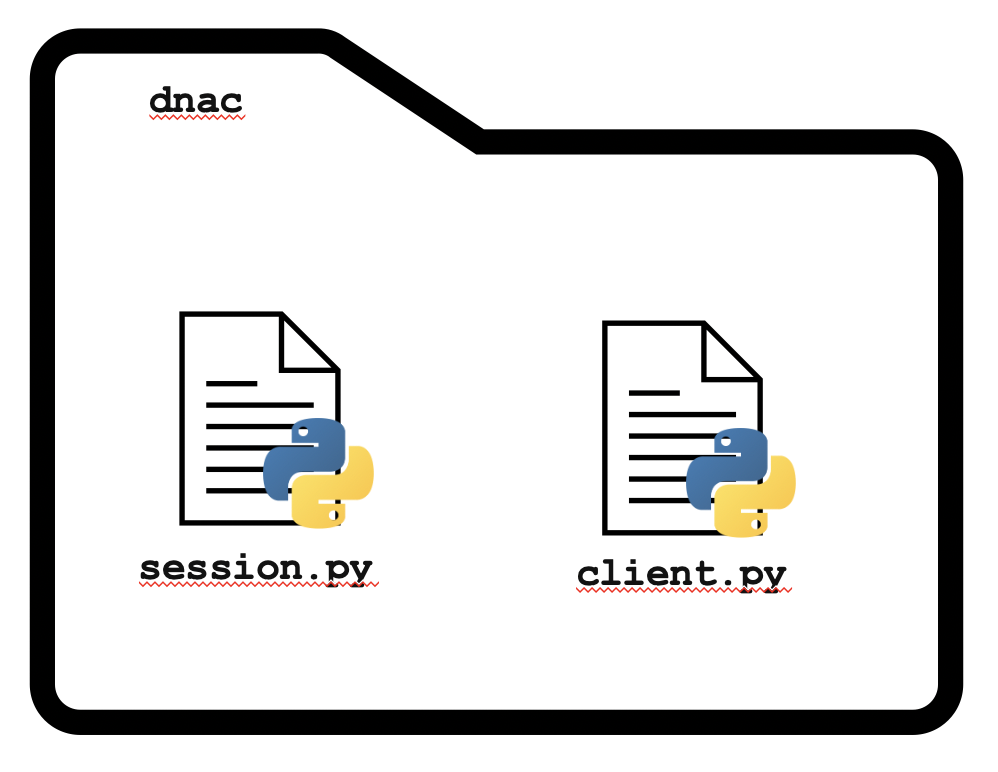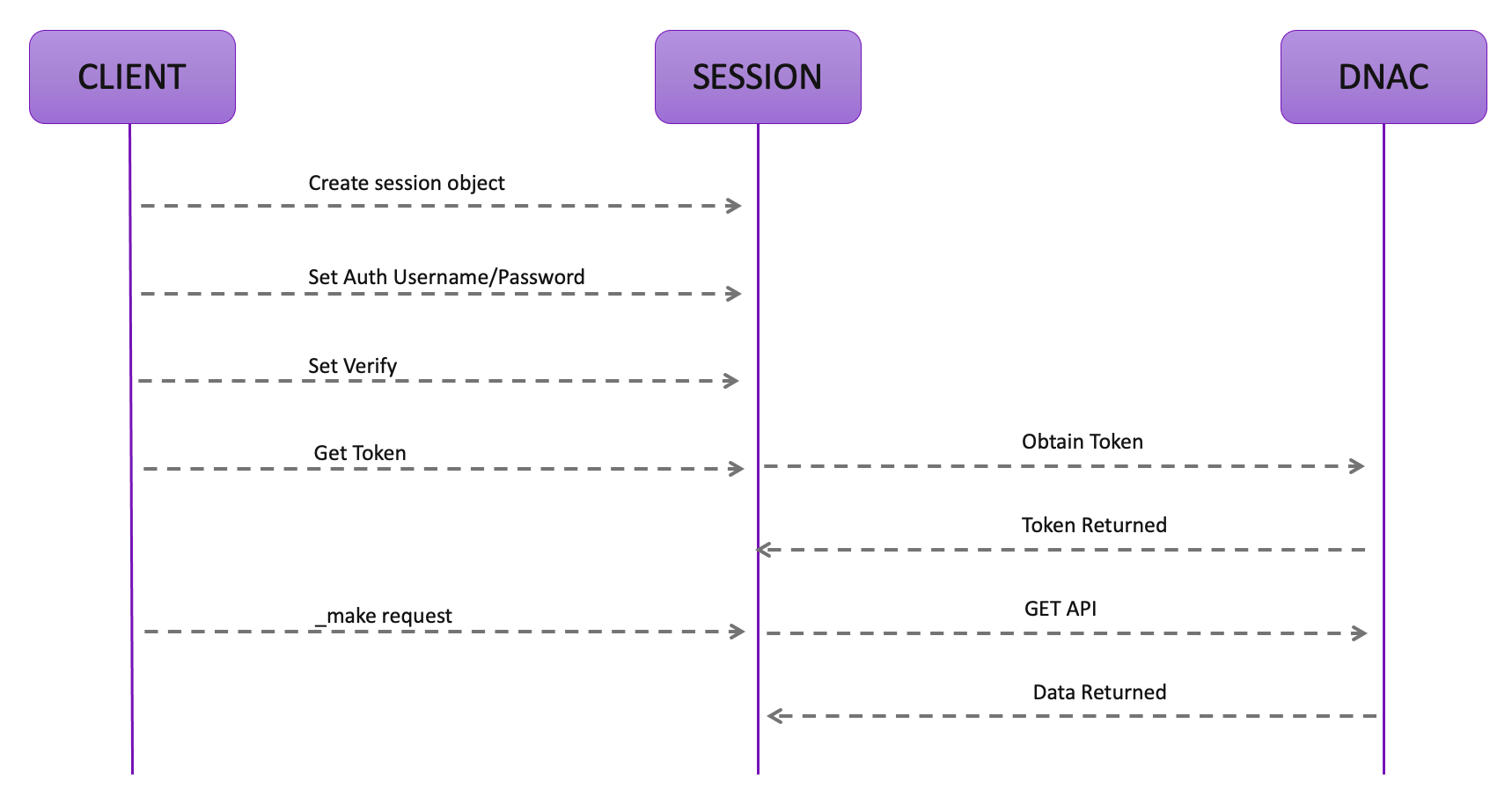Learn to Build a Basic Python SDK
Practice is critical in acquiring any new skill and automation is no exception. This repository will walk you through the creation of a simple, non-production Python SDK. The goal is not to create a production quality Python SDK since these already exist for many of the Cisco products, but rather to provide some guided practice using many of the requisite skills of an automation engineer today.
Some of the skills you will practice in this walk-through are:
- Docker and Development Environments
- Version Control
- Basic Linux Commands
- Python Fundamentals
- Common Data Formats (specifically JSON)
- REST APIs
- Development Design Patterns and Methodology
Through the remainder of this guide you will be walked, step-by-step, through the process of building your own SDK.
Prerequisite Skills
This walk-through assumes knowledge of:
git- Docker
- Python Fundamentals
- REST APIs
What are you going to build?
Through this guided walk-through you will build a "relatively" simple Python Software Development Kit (SDK) to interface with Cisco's DNA Center. Fundamentally, this SDK will have the following high-level architecture:

There will be a Python package as depicted with a folder and two Python modules contained within.
The two Python modules together will enable the communication with DNA Center. session.py will be responsible for maintaining the attributes related to establishing an HTTP session with the target host and client.py will act as the interface for the consumer of your SDK.

Next Up
The objective of this walk-through is simply to provide some guided practice of some of they key skills in the development and automation lifecycle. Feel free to deviate off course to experience and practice outside of the confines of this walk-through.
Next, you will have the opportunity to practice some basic version control, Docker, and basic Linux skills getting the the project environment setup.